"Any customer can have a car painted any colour that he wants so long as it's black." The famous statement uttered by founder Henry Ford in 1909 is being restated for the modern era by car makers almost across the board as they reduce options and streamline ranges.
Ford was getting frustrated that salesmen were pandering to a few choosy customers while pushing the price up for the majority by increasing manufacturing complexity. More than a century later, we’ve come full circle as car makers again look to cut complexity in a bid to drive down spiralling costs and make both the manufacturing and sales process easier.
“For previous generations, we developed an item [option] and sold five a year. We don’t need that,” said François Bailly, chief planning officer for the Nissan region that includes Europe. “By having a reasonably limited number of items, you can minimise the necessary inventory, cut the lead time for the customer and not waste R&D resources by developing things nobody would buy.”
Stellantis is another company reducing diversity not just in options but also engines and trim levels. In 2019, its Vauxhall brand boasted 362 combinations of trim, engine and gearbox, according to the company. Today that number is just 66 from a similar number of models on sale.
For Autocar Business webinars and podcasts, visit Autocar Business Live
The Vauxhall Corsa has gone from 95 to 10, the Vauxhall Astra from 97 to 15 and Vauxhall Mokka from 39 to 13.
“We’re looking to simplify the version line-up to make it a simpler process for customers,” a spokesman for the brand said.
For example, Vauxhall has common trim names across all models, while the sportier GS Line is shared with Opel to cut the need for seats embroidered with different trim names.
Peugeot is taking the same approach. Excluding paint, we counted just six options for the Peugeot 308 SW Allure, three of which were dealer-fit accessories (meaning they don’t impact the car’s production process).
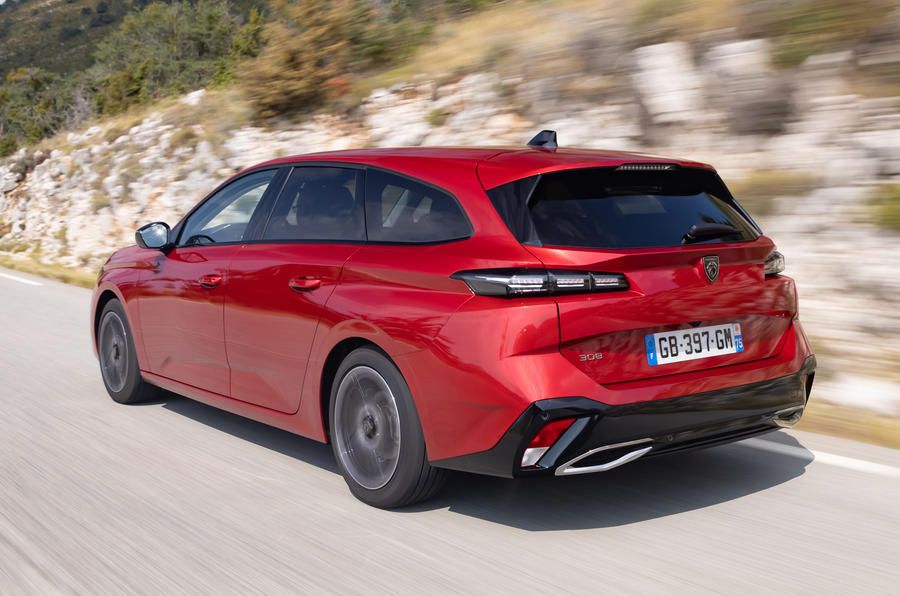


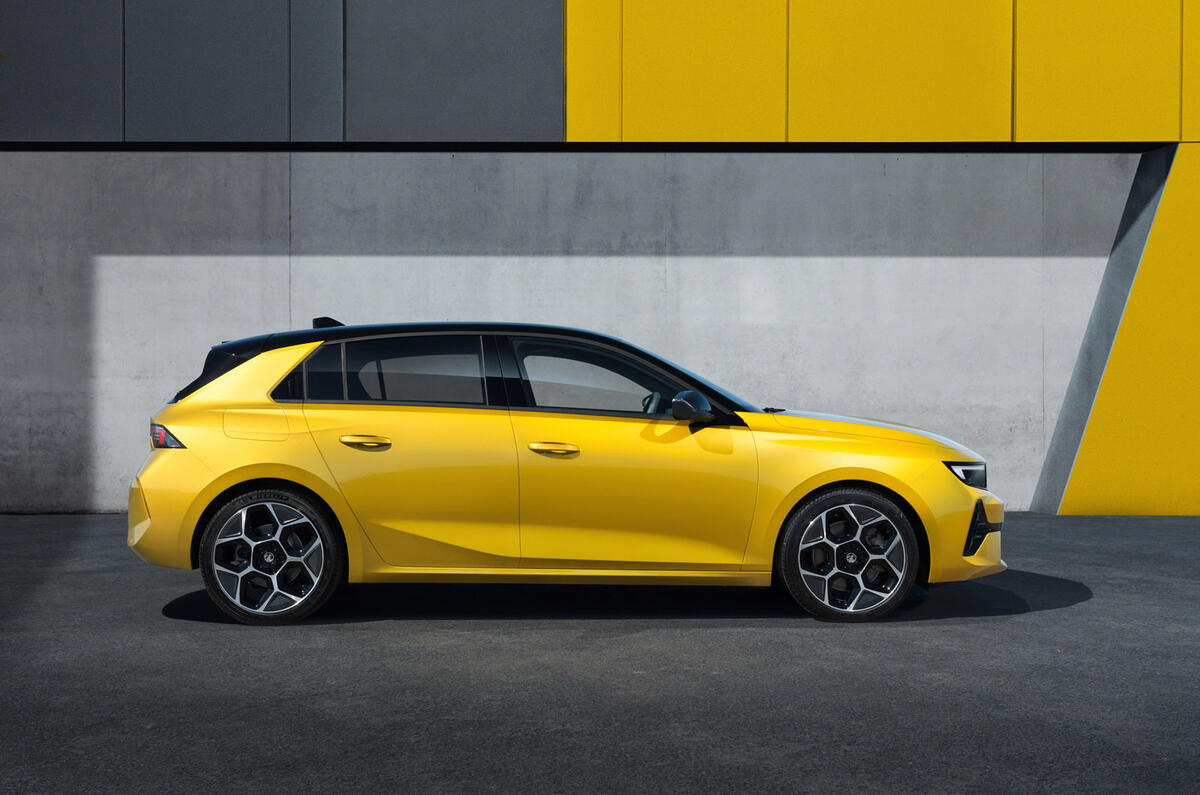
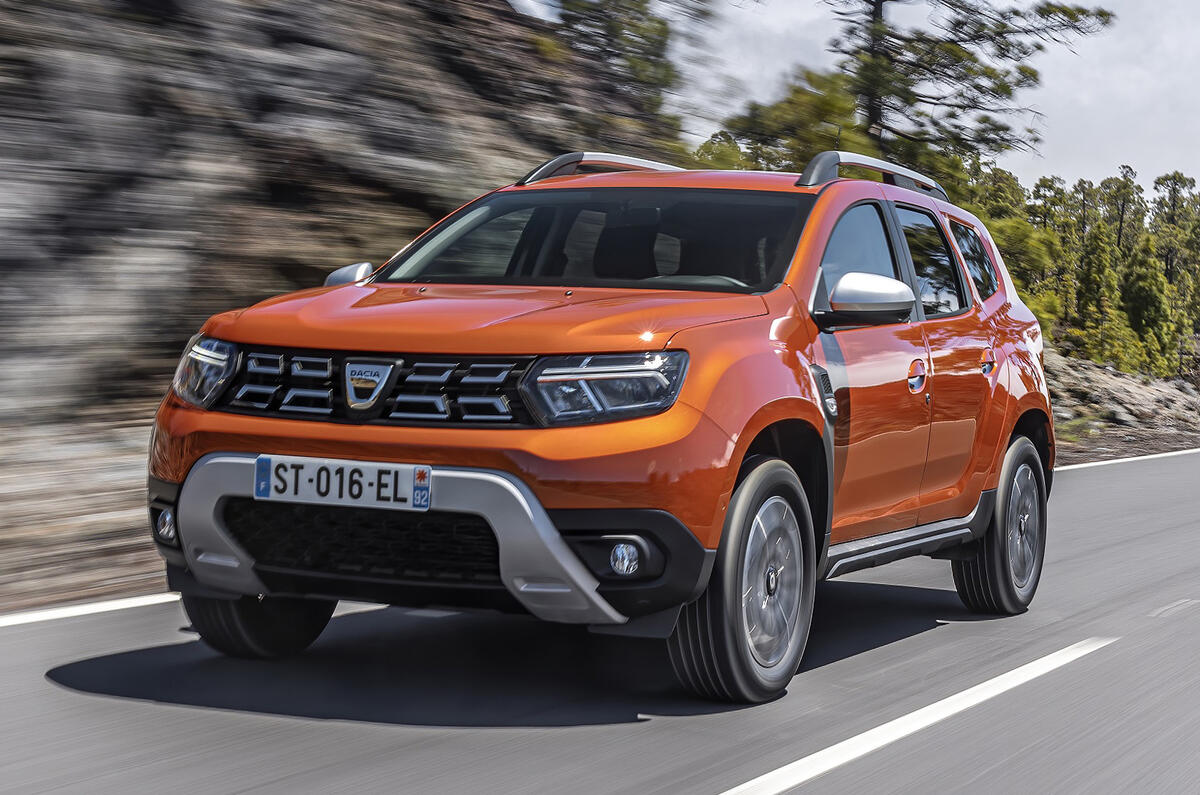
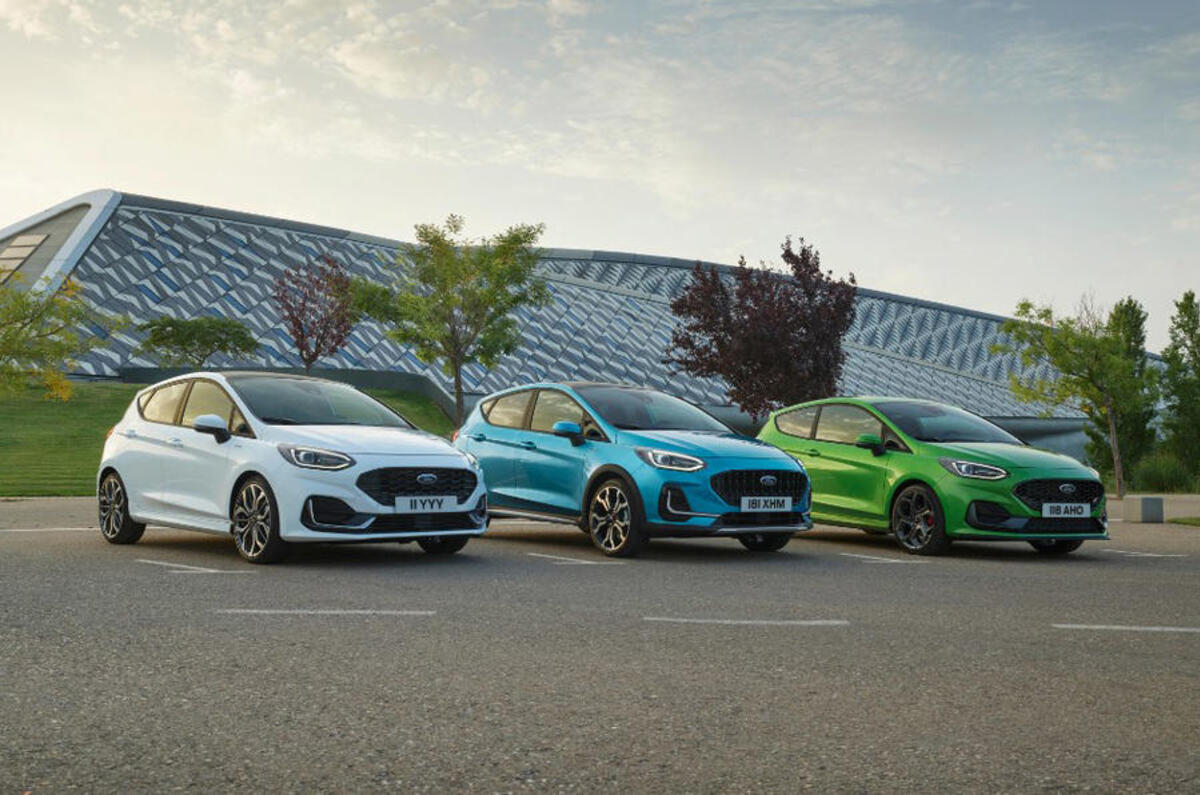
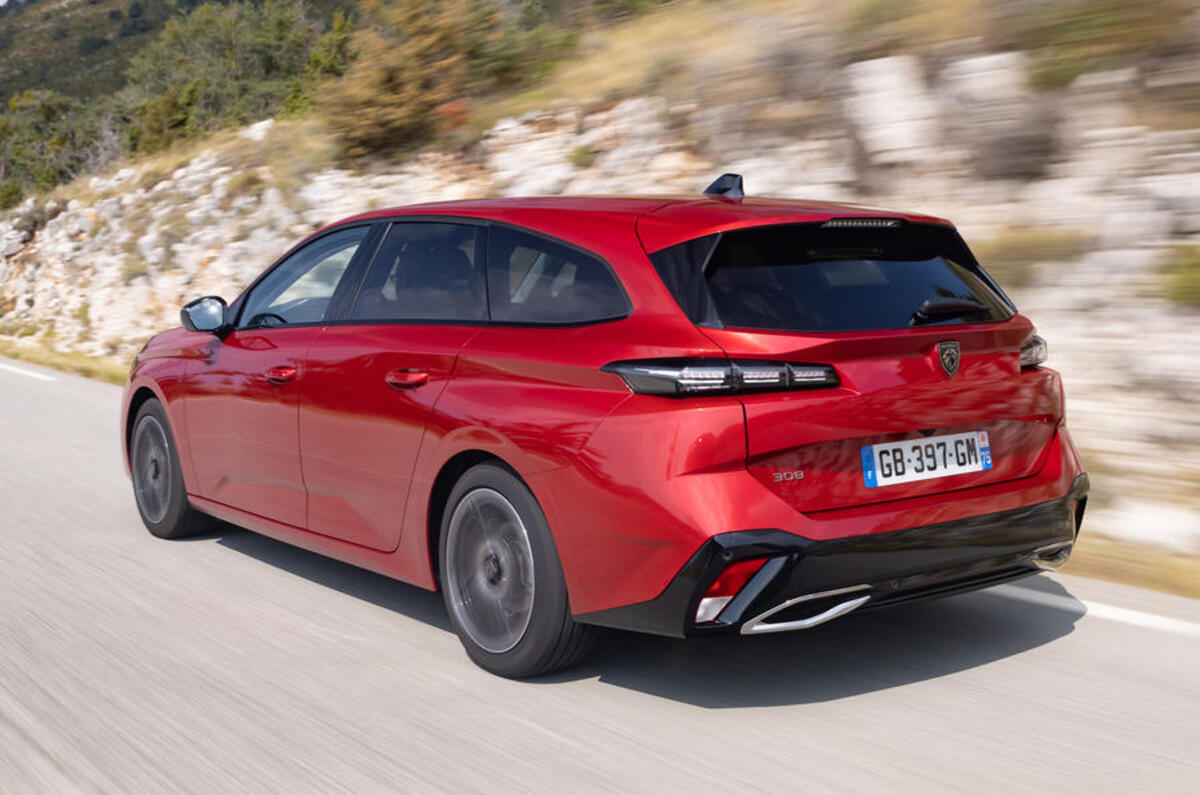
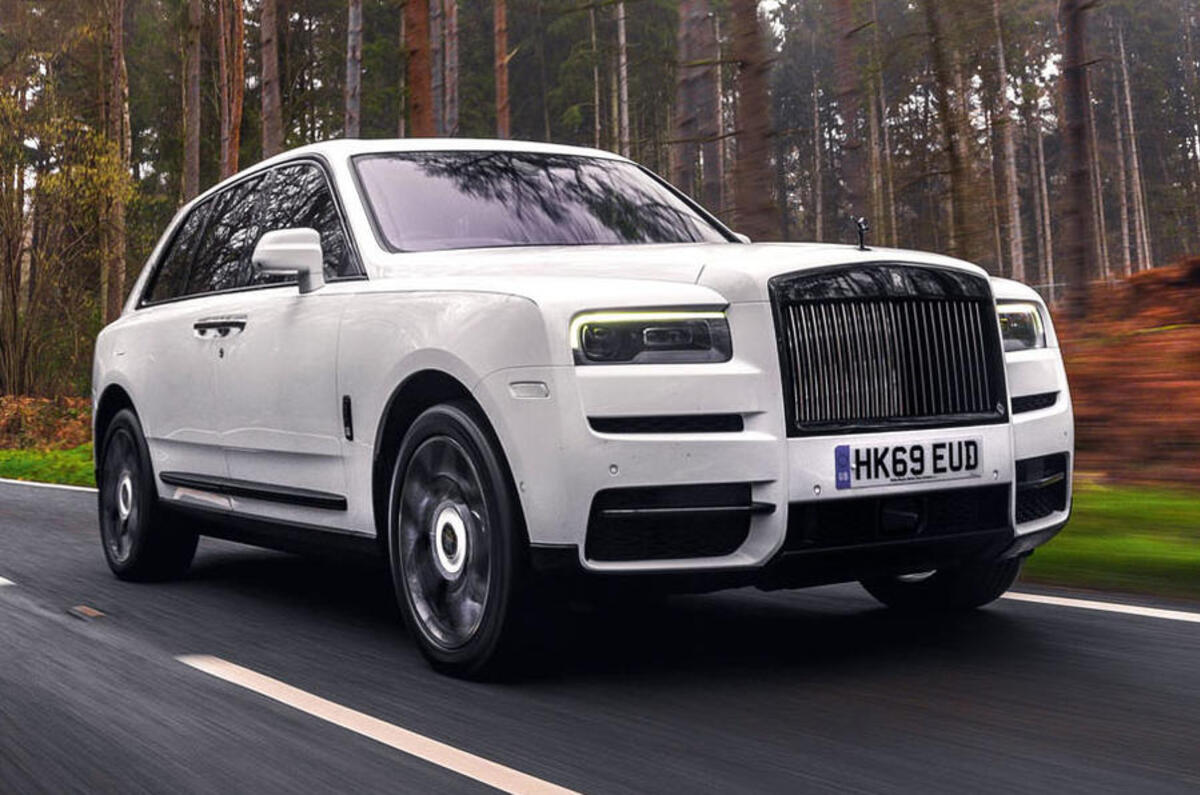
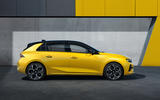
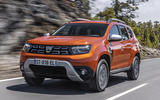

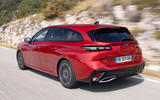


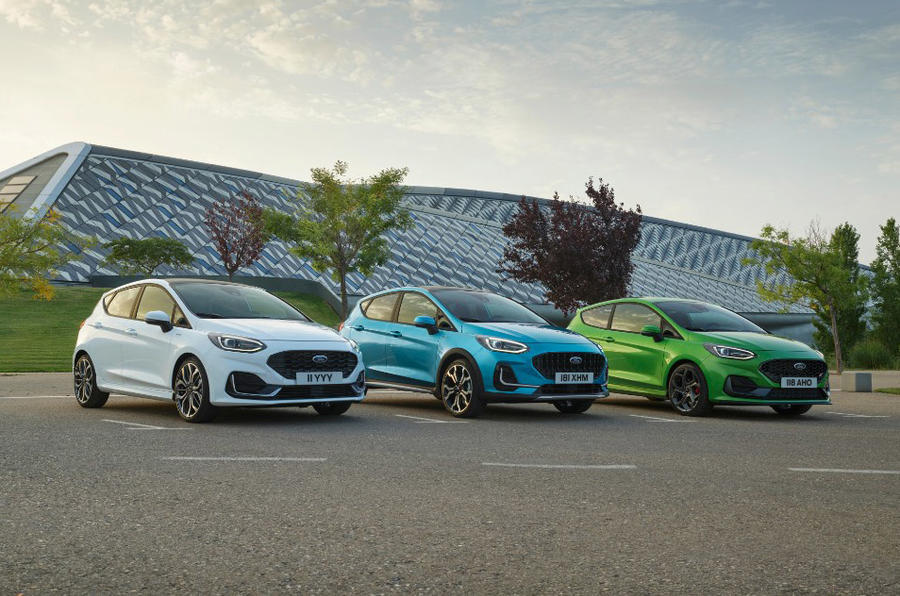
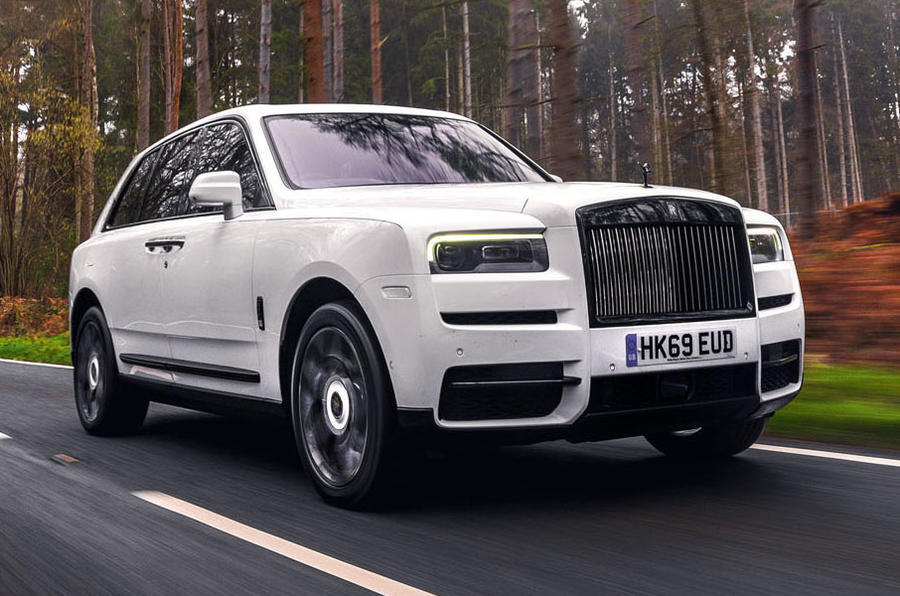


Join the debate
Add your comment
And yet as a customer I wont buy a car i dont like. Assuming i like the car i already own why would i spend thousands to buy a new car when the car maker has stopped offering me what i want? Even more so if the competition does. It may save a little money in the short term, but it wont grow a business. Seems very short sighted to me